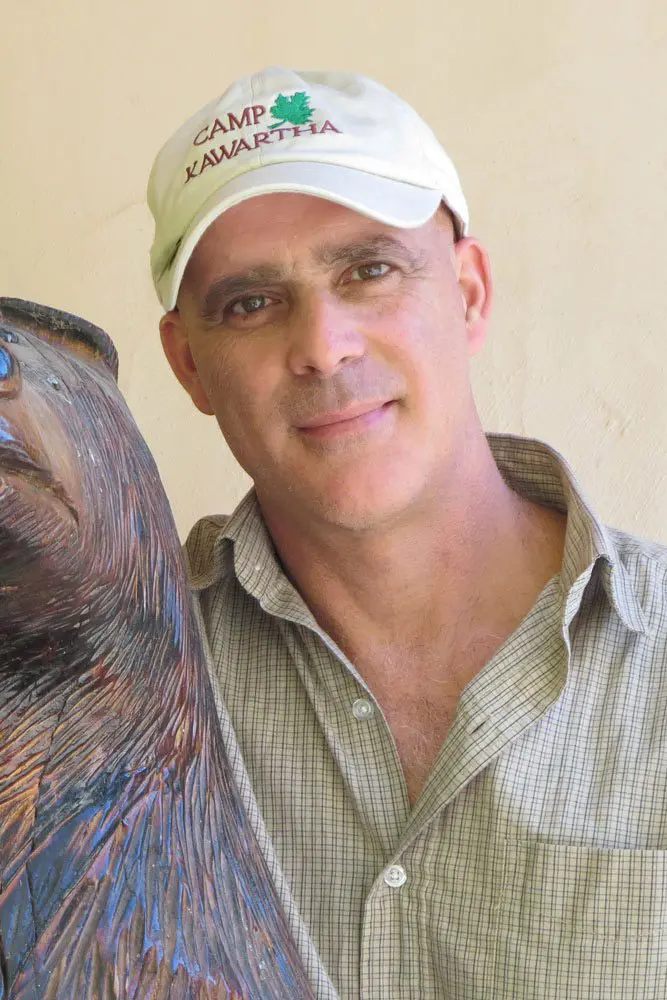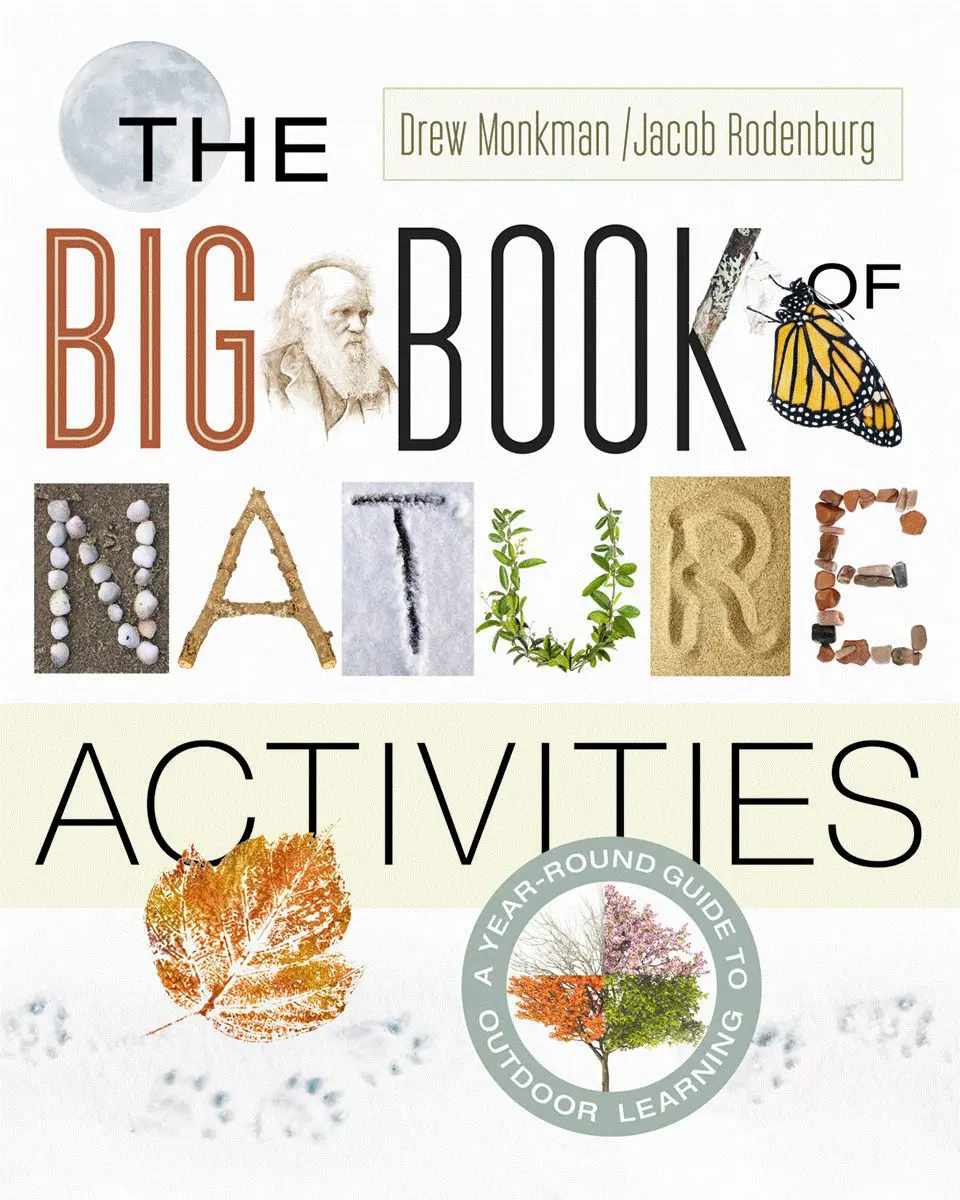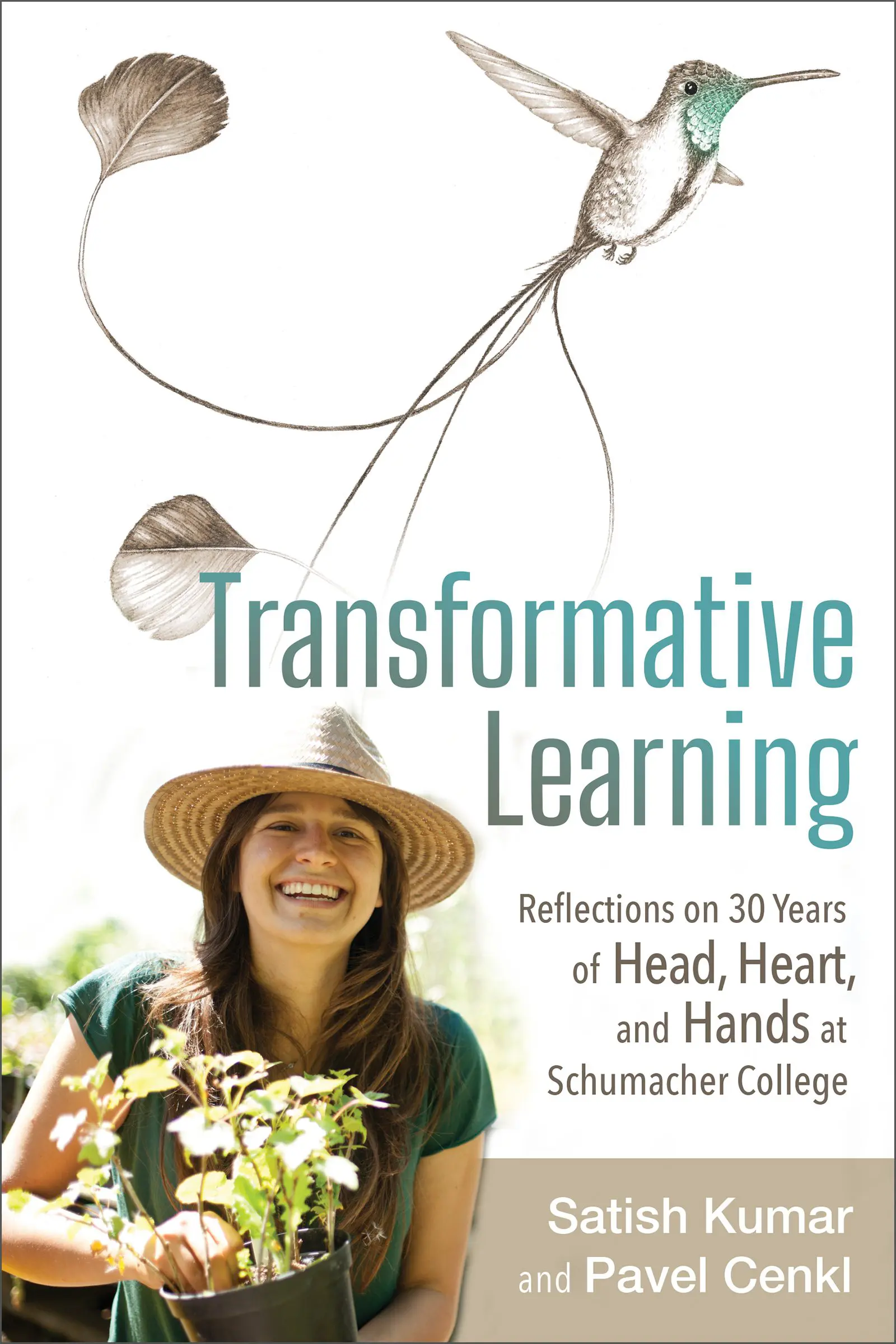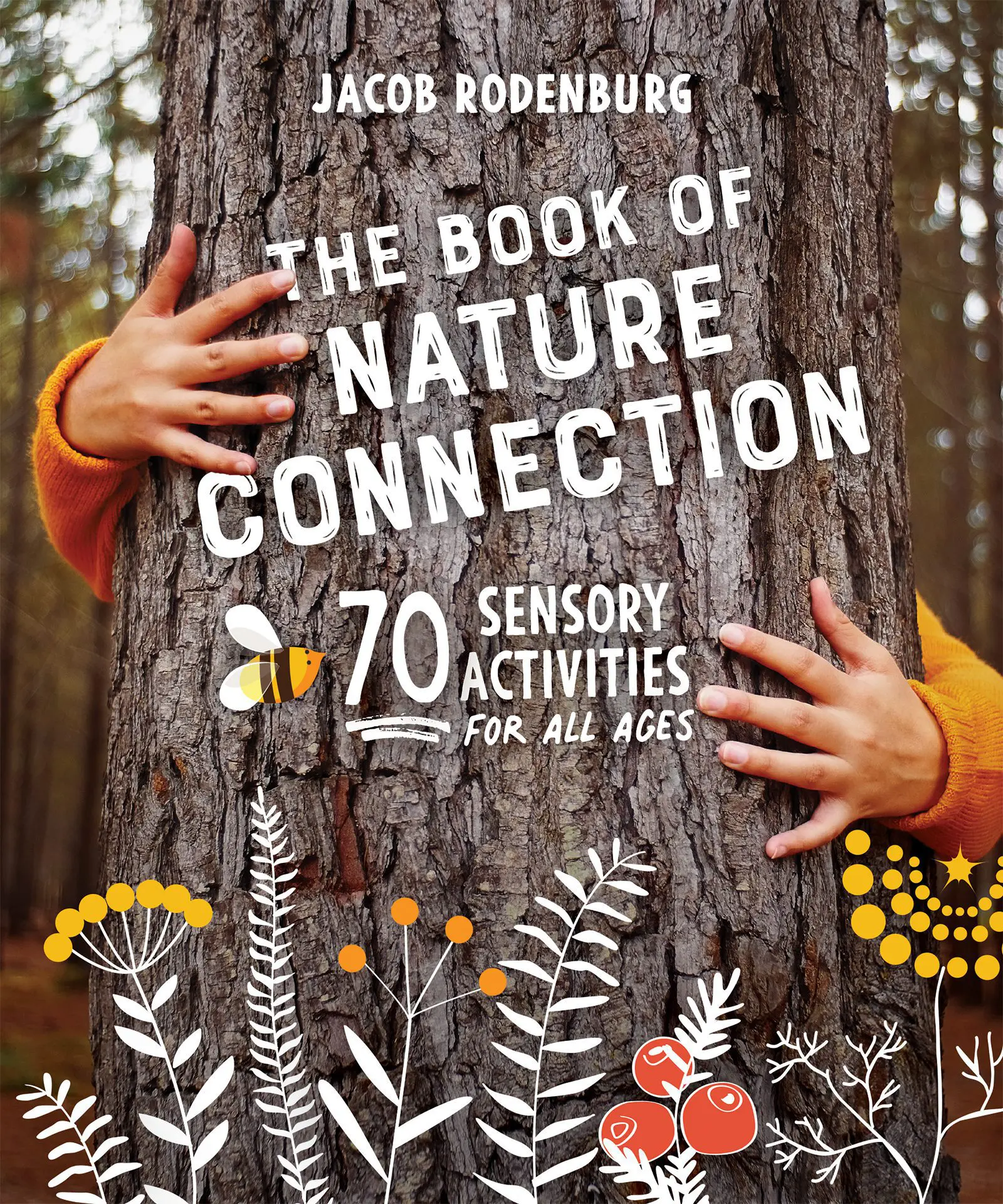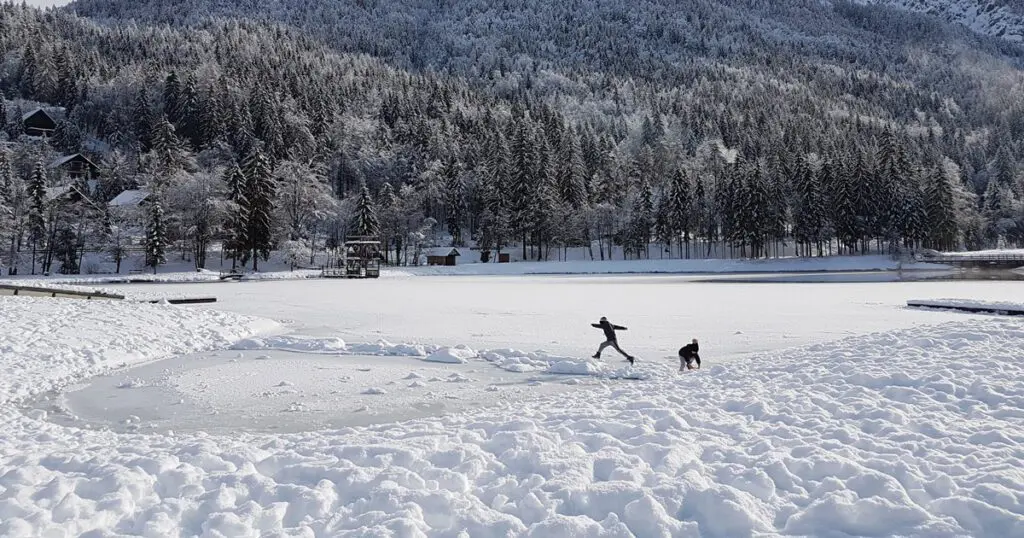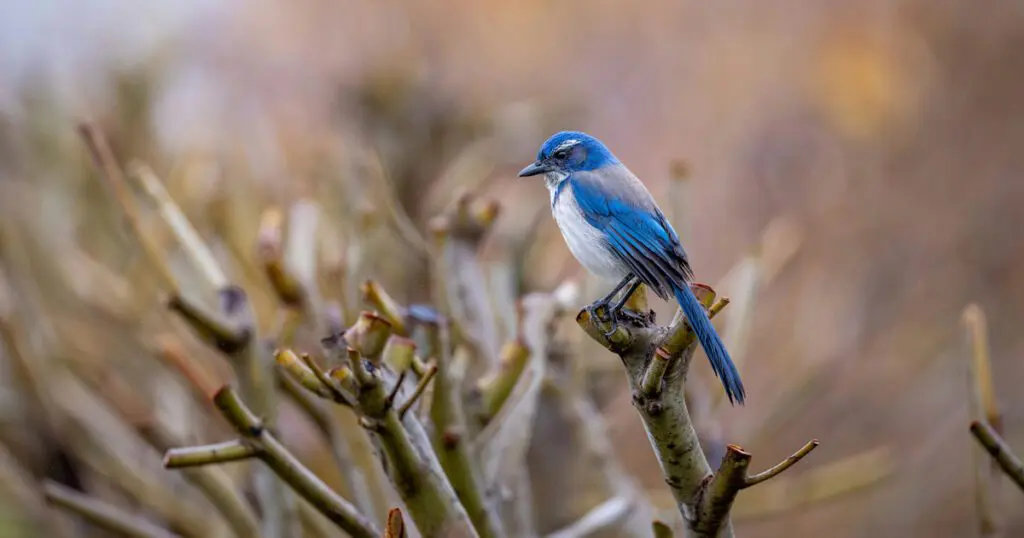
As the sun sets and twilight embraces the outdoors, the night offers a unique opportunity for kids of all ages to connect with nature in exciting and educational ways. Whether it’s the magical glow of fireflies or the enchanting sight of a star-filled sky, nighttime provides a perfect backdrop for adventure.
In this blog, we’ll explore two captivating nighttime activities from The Big Book of Nature Activities by Drew Monkman and Jacob Rodenburg, that will spark curiosity and foster a deeper appreciation for the natural world. From glow-in-the-dark adventures to moonlit nature walks, these activities promise to turn any evening into a memorable exploration of the great outdoors.
Activity 23: Fun with Fireflies
You’ll learn:
How to attract fireflies and make a natural night light.
You’ll need:
- Flashlight
- Glass jar
- Ice cream tub with lid
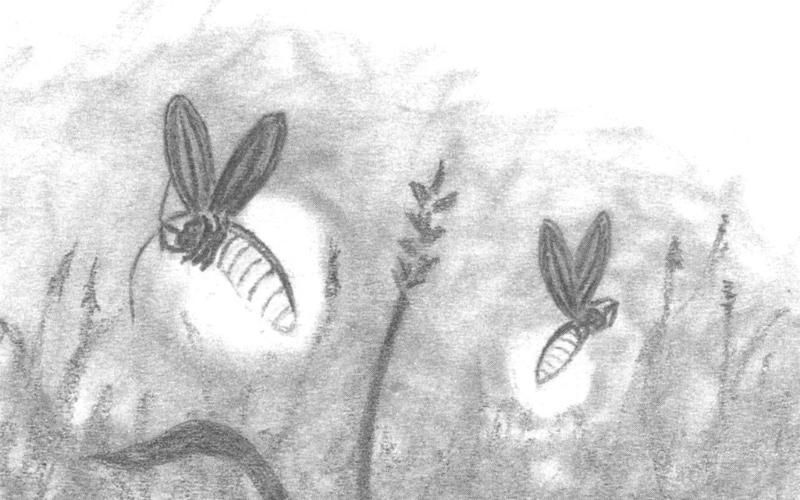
Background:
The firefly is a beetle with a special organ in its abdomen capable of mixing oxygen, a pigment called luciferin and the enzyme luciferase. When the in- sect flies upward, these chemicals mingle and create a flash. As the insect descends, the flash turns off. When a female of the same species sees the flash, she responds with her own light signal. Eventually, the male and female fireflies find each other and mate.
What to do:
On a summer evening, just as dusk fades into night, visit a meadow where there are fireflies. If you have a flashlight or a wristwatch that glows in the dark, try reproducing the pattern of flashes. Different species of fireflies flash at different rates. Like Morse code, each pulse of light communicates a special message to the opposite sex. Can you attract a firefly by imitating the sequence?
Make a “night light” for your bedroom. Catch several fireflies in a plastic ice cream tub and transfer them to a glass jar. Add a few leaves and a drop or two of water. Lie in bed and fall asleep to their lovely star-like flashes. Let them go in the morning.
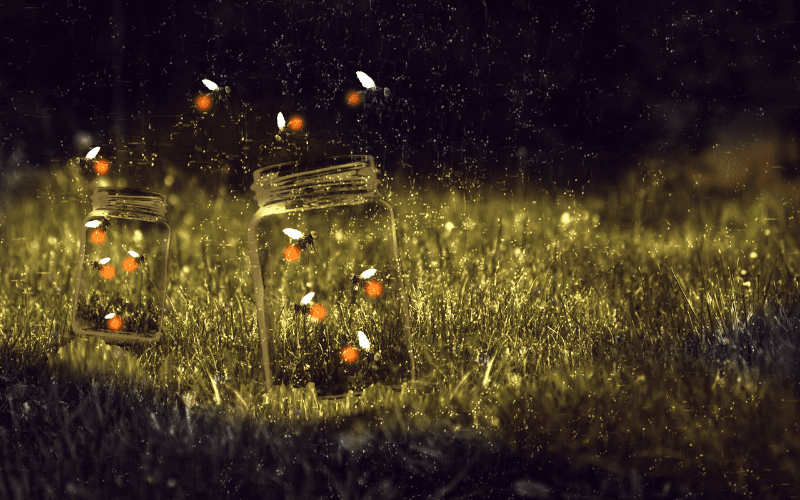
Activity 35: Adventures in the Night
You’ll learn:
To explore and enjoy the natural world at night.
You’ll need:
- Flashlights
- Blindfolds
- Wintergreen Lifesavers
- Pieces of paper of three or four different colors
- A first aid kit
- Leaves to smell
- Candles and matches.
Background:
Take advantage of the warm summer weather to discover the natural world after dark. We humans often go into the night with light, but when we do this we bring a touch of daylight into our nighttime experience. To give children a true sense of the magic of the night, try a light-free night hike. This means going into the fields and forests without a flashlight and with all your senses primed.
We humans are visual creatures who get 90 percent of our information about the world through our eyes. The darkness of the night may dim our sight, but our other senses take over—we become more tuned into our hearing, smelling and feeling. When done well, a night hike can create powerful memories and a heightened sense of wonder for the natural world.
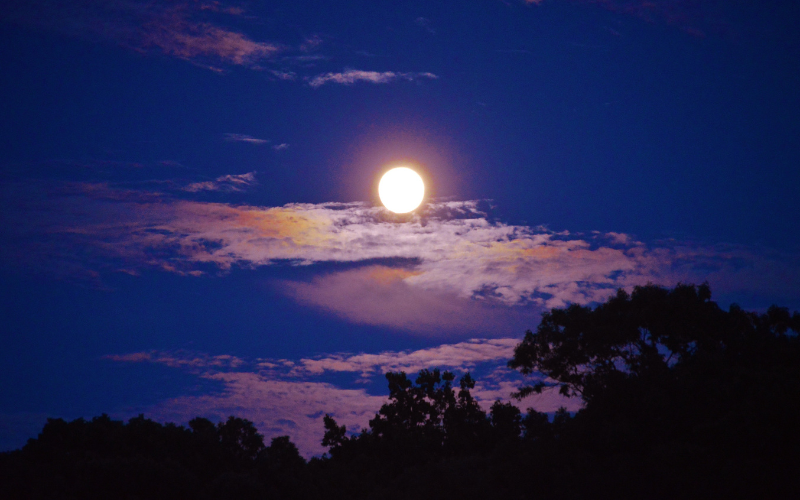
Procedure:
- A day or two before the hike, practice identifying some common night sounds such as any common owls in the area, snowy tree crickets, ground crickets, field crickets, whip-poor-wills, coyotes, tree frogs, etc. These sounds are all readily available online.
Also take some time to review the main summer constellations— e.g., Ursa Major, Ursa Minor (including Polaris), Cassiopeia, the constellations of the Summer Triangle—and the phases of the Moon. Consider any planets that may be present. Be sure to allow everyone to share their feelings about the night, including any fears they may have. Reassure participants that this will be a fun and safe experience. - It is always a good idea to walk the route yourself in daylight. Have a rough idea of what activities you will do where (for example, those that lend themselves to an open area). Think about some activities you could give the group to do as they walk between activity stations.
- Establish a few ground rules in advance: no flashlights, no practical jokes or scaring each other; the importance of walking quietly and slowly, lifting one’s feet a little higher than usual to avoid tripping; no conversation during designated quiet times, so that you can focus on the sounds of the night.
- Make sure there are two leaders: one at the front of the line and a “sweeper” at the back. Carry an emergency flashlight in your pack as a safety measure.
- For younger children, extend a rope from the front leader to the sweeper. Each child holds the rope with one hand.
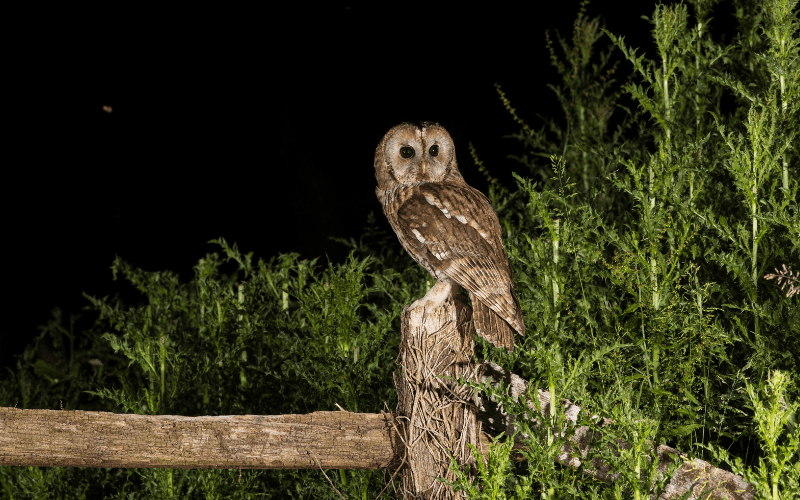
To go in the dark with a light is to know the light. To know the dark, go dark. Go without sight, and find that the dark, too, blooms and sings, and is traveled by dark feet and dark wings.
—WENDELL BERRY
Here are some night hike activity options:
Sound:
Use your Deer Ears (see Activity 2, page 270) and conduct a brief sound inventory. Stand perfectly still for one to two minutes and raise one finger in the air for every new night sound you hear. Swivel your ears in the direction of the sound.
Afterwards, quietly share what you heard. Talk briefly about how bats use sound to catch moths and how moths have evolved to recognize these sounds and avoid being caught. Play a game of Bat and Moth (see Activity 8, page 274).
Smell:
Direct the group to smell the night air and to try to identify what they are smelling. Pass around any strongly scented leaves of plants that grow in the area (e.g., balsam poplar, black poplar) and have everyone rub and smell them. Play a round of scent trails (see Activity 15, page 227).
Sight:
Color in the Night: Your eyes have special photoreceptor cells called rods that do most of the work in dim light conditions. However, rods can’t show us color. The other photoreceptors in your eye, called cones, are the ones that are used for seeing color, but they require fairly bright light. When it is dark enough that you can barely see, give each participant four pieces of colored paper. Have them write on each piece of paper the color they think it is. They can keep the paper in their pocket and check the colors when they get back. Did everyone in your group mix up the same color or did every- one get the colors right? Ask the group why some animals see better at night than humans.

Night sky:
In an open area, ask the group to try to find the Summer Triangle and the north sky constellations. Can they see Polaris, the North Star? This star allows you to determine the cardinal directions. Food for thought: “there are more stars in the universe than there are grains of sand on all the beaches of the entire world.” Ask everyone to point to the south, east and west. Point out any planets that are visible. If the Moon is up, ask them what phase it is in and whether it is waxing or waning. If you have time, tell the story of Big History found on page 78 in Key Nature Concepts for Children to Learn.
Solo Hike/Sit:
Place people along the trail—maybe 20 ft. (6 m) apart depending on age and how dark it is—so they can experience the night alone. After five minutes or so, pick them up again. Another option is to have them walk a section of the trail alone, with a leader at each end.
Here are some things to focus on while walking between stations
- Pay special attention to the terrain underfoot (rocks, dips, rises, etc.). Ask them to occasionally step off the path to compare how the ground feels.
- Pay attention to any subtle changes in temperature between two stations (e.g., when entering a forest).
- Focus on the smell of the air and if it changes along the path.
- Focus on sounds by keeping a mental checklist of how many different sounds you hear between stations.
Wrap-up story:
At the final station, tell a story that involves the discovery of a magical substance that creates its own light (there is a sample story if you search Upham Woods Outdoor Learn-
ing Center Night Hike). Tell the group you have some of that magic with you tonight. Pass around some broken pieces of wintergreen Lifesavers.
In pairs facing one another, instruct the group to chew the magic substance with an open mouth, while observing the partner’s mouth. Tell them to try not to wet the substance with saliva too much. Ask them what they think creates the blue-green glow when broken by the teeth (or even a pair of pliers)? Explain that the phenomenon is called triboluminescence. Light is released when the chemical bonds of the sugar molecules in the wintergreen oil are broken in the presence of nitrogen in the air.
Save these vision activities for the end of the hike. You’ll lose your night vision, so walk carefully!
Night vision:
Ask the group to cover one eye with their hand and to stare with their open eye at a lit candle. Extinguish the candle and have participants look around with each eye separately to see if they notice a difference between the two eyes. The difference should be quite dramatic. The pupil in the uncovered eye contracts because of the bright light, while the pupil in the covered eye, which has gained night vision, remains wide open (dilated).

Afterimage:
Tell the group to watch as you light a match and move it in a circular pattern. Ask them to quickly close their eyes to try to see an afterimage. Do the same with a flashlight. The image created by the brain remains briefly after the source disappears.
When you get back, discuss what activities everyone liked most, what they learned and if their feelings toward the night have changed.

